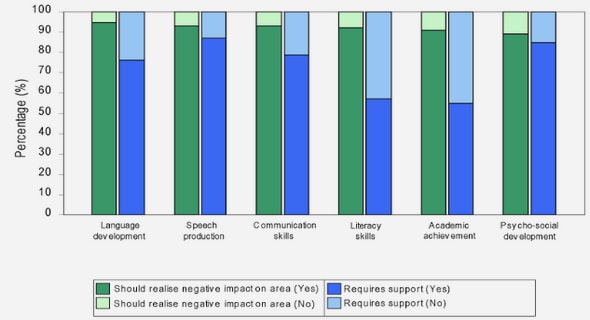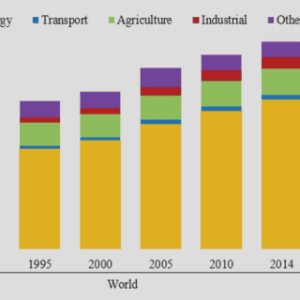(Downloads - 0)
For more info about our services contact : help@bestpfe.com
Table of contents
1. Introduction
1.1. Bacterial envelope
1.1.1 Cytoplasmic membrane
1.1.2 Cell wall
1.1.3 Outer membrane
1.2. Peptidoglycan
1.2.1 Peptidoglycan structural models
1.2.2 Peptidoglycan synthesis
1.3. Bacterial cytoskeleton
1.3.1 Bacterial cytoskeletal proteins
1.3.2 Bacterial actin homologs
1.4. MreB
1.4.1 MreB isoforms
1.4.2 Biochemical properties of MreB
1.4.3 Localization and dynamics of MreB
1.4.4 Role of MreB in cell shape determination and cell wall synthesis
1.4.5 Other roles of MreB
1.5. Aims of the thesis
2. Materials and Methods
2.1. Media Composition
2.2. Media supplements
2.3. Strains and plasmids
2.4. Experimental procedures
2.4.1 Cloning procedures
2.4.2 Manipulation in B. subtilis
2.4.3 Protein procedures
2.4.4 RNA procedures
2.4.5 Microscopy methods:
3. Results
3.1. Functional analysis of ydcF, ydcG and ydcH.
3.1.1 The ydcFGH operon is composed of three genes of unknown functions
3.1.2 Construction of knock-out mutants of ydcF, ydcG and ydcH
3.1.3 Phenotypic characterization of ydc genes exposes an inappropriate strain frame
3.1.4 YdcF, YdcG and YdcH are not involved in stress resistance
3.2. Transcriptional study of ydcFGH
3.2.1 ydcH is under the control of two promoters
3.2.2 YdcH, but not YdcF nor YdcG, is involved in the control of Pydc1 expression
3.2.3 The absence of MreB is not responsible for Pydc1 induction
3.3. YdcH, a new regulator for carbon metabolism?
3.4. MreB mutagenesis
3.4.1. Setting up a genetic screen for MreB loss-of-function mutants
3.4.2. Random mutagenesis of mreB
3.4.3. Site directed mutagenesis of mreB
3.4.4. Phenotypic characterization reveals different categories of MreB*s
3.4.5. Growth defect of WeB and ΔmreB mutants can be suppressed by addition of fructose
4. Discussion
4.1 YdcH: a repressor/activator MarR transcription regulator?
4.2 YdcH: a new transition state regulator
4.3 A library of MreB mutants with impaired functionality
4.4 MreB may play a role in CW synthesis, cell morphology and cell metabolism
4.5 Some MreB*s have atypical colony morphologies
4.6 Possible connection between the mreB deletion and the ydcH frame-shift
6. Appendices
Appendix 1: Phenotypic analysis of ydcFGH
A1.1 ydcF, -G and –H deletion mutants are not impaired for cell morphology
A1.2. Defects during stationary phase
Appendix 2: The absence of MreB is not responsible for Pydc1 induction
A2.1. Absence of mreB complementation is not due to chromosomal positioning of the gene
A2.2. ydcFGH induction is not due to decreased expression of minC
A2.3. ydcFGH induction is not caused by the expression of a remnant peptide of MreB
A2.4. ydcFGH induction is not caused by abnormal levels of MreCD
A2.5. Absence of the MreB protein is not the cause of ydcFGH induction
A2.6. ydcFGH induction is unlinked to the mreB locus
Appendix 2: Differentially expressed genes in the ΔydcH strain
Appendix 4: MreB*s TIRFM acquisitions
7. Bibliography




